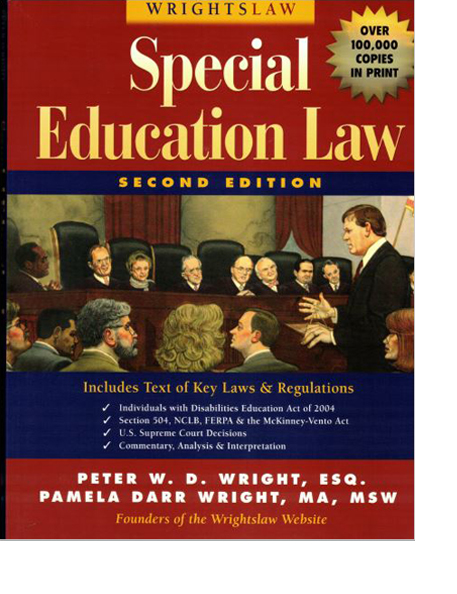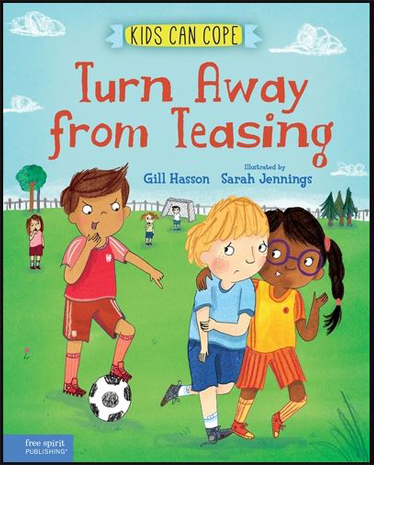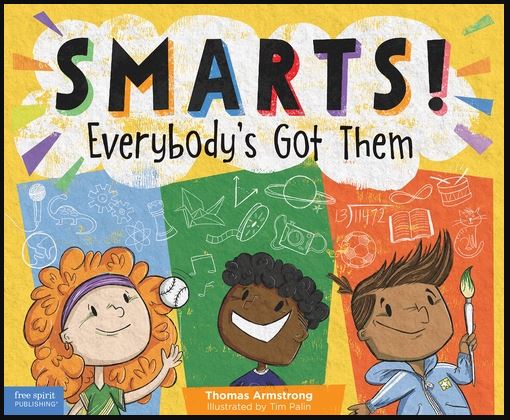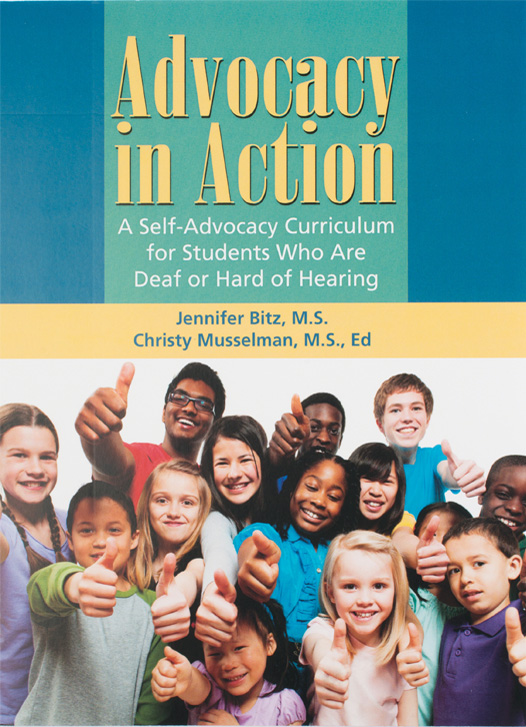Related Products
For Professionals
- Amplification
- Assessment of Student Skills, Challenges, Needs
- Early Childhood: Infants, Toddlers, Preschool
- Hearing Loss – Identification, Impact and Next Steps
- IDEA Law Summary Information
- Language and Speech Development Issues
- Legal Issues in Serving Children with Hearing Loss
- Listening (Auditory Skills) Development
- Planning to Meet Student Needs
- Self-Advocacy Skills for Students with Hearing Loss
- Self-Concept: How the Child with Hearing Loss Sees Himself
- Social Skills
- Speech Perception & Learning
Related Teacher Tools Takeout Items
504 Plans
 The information below has been derived from sections of the law, Office of Special Education Program comments and discussion provided at http://idea.ed.gov/explore/home. The guidance provided in that website helps clarify the intent of IDEA and may be useful to professionals and parents alike who are trying to advocate appropriate services and supports for children with hearing loss. Another valuable and brief summary is athttp://www2.ed.gov/about/offices/list/ocr/docs/hq9806.html
The information below has been derived from sections of the law, Office of Special Education Program comments and discussion provided at http://idea.ed.gov/explore/home. The guidance provided in that website helps clarify the intent of IDEA and may be useful to professionals and parents alike who are trying to advocate appropriate services and supports for children with hearing loss. Another valuable and brief summary is athttp://www2.ed.gov/about/offices/list/ocr/docs/hq9806.html
NOTE: the information below this does NOT constitute legal advice.
FAQ Information on 504 from US Department of Education
Accommodations via 504 Plans and the ADA Student Transition to Adulthood
Section 504 of the Rehabilitation Act of 1973
- Civil rights legislation that includes education services: academic, nonacademic, extracurricular activities
- Applies to any person with a disability that substantially affects life activity such as hearing – considers the abilities of the person without mitigating measures (amplification devices, tutoring, excessive studying)
- Acoustic accessibility for children with hearing loss is a barrier to listening/understanding auditory information
- 504 applies regardless of grades/’giftedness’
- Results in identification of accommodations on a 504 Plan, typically for students not eligible for Special Education. Unfunded; limited recourse if not followed.
Court Case RE: issues providing supports via a 504 Plan
Differences between IDEA Services and 504 Accommodations
- IDEA requires adverse educational affect, 504 does not
- IDEA considers function with amplification devices, 504 does not (mitigating measures)
- IDEA is obligated to provide an appropriate education; 504 may extend beyond the common special ed programs
- IDEA has funding attached (federal + state obligations), 504 accommodations are funded via general ed funds
- IDEA has procedural safeguards; 504 –Office of Civil Rights complaint of discrimination; ‘neutral fact finder’, school districts must conduct impartial hearings for resolution
- IDEA services are specially designed; 504 accommodations are based on access needs to the education program
Can a child receive DHH services under 504?
“Auxiliary aids and services” as defined by the ADA are services or devices, such as an interpreter for a person who is deaf or large print or Brailled materials for a person who is blind, that assists someone with vision or hearing disabilities to communicate effectively.” This is a definition of auxiliary aids and services that also applies to 504. Generally, auxiliary aids in our context refers to hearing devices. A strong case can be made auxiliary services to include school staff inservice / consultation, as in quarterly classroom observation and discussion with teacher to support effective communication. 504 accommodations do not include services to build student skills, just accommodations for equal access, specifically effective communication. There is no ‘obligation’ to provide DHH teacher support (inservice/consultation), unless the school team deems it necessary to ensure effective communication so that the student can benefit from the general education setting as well as peers.






